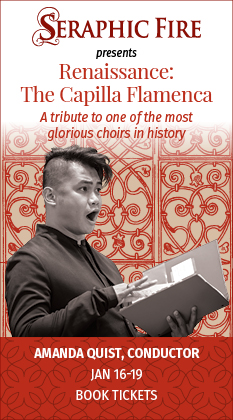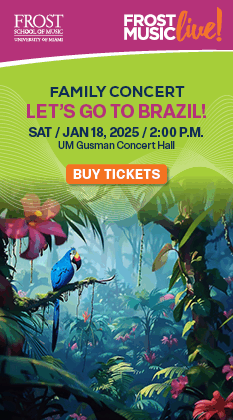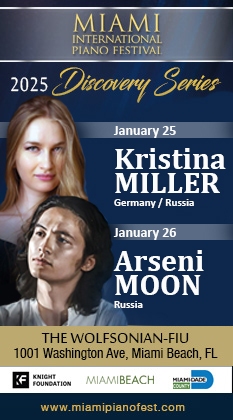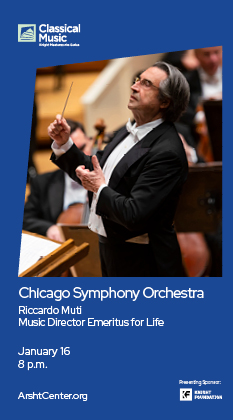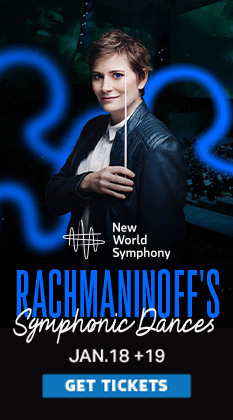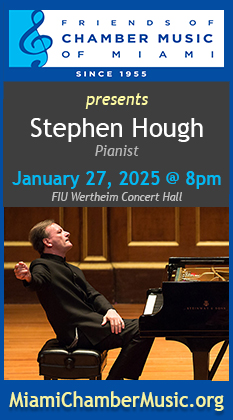Schwarz, Frost orchestras shine in American music, old and new
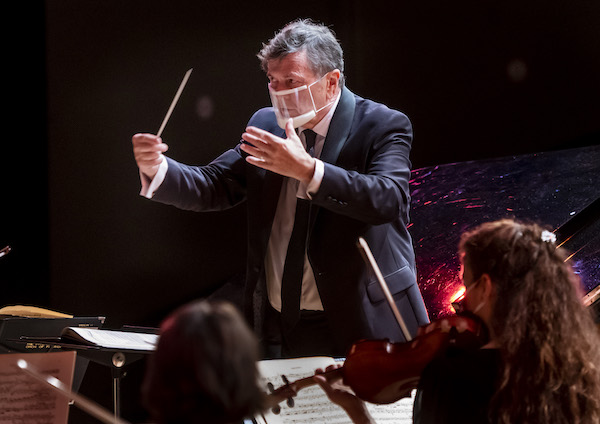
Gerard Schwarz has long championed the work of American composers. Now a distinguished faculty member at the University of Miami, Schwarz led the Frost Chamber Orchestra and Frost Symphony Orchestra Monday night in an early score by an American master and a new work by a leading contemporary composer. Each ensemble also played a classic from the 19th century romantic repertoire. The concert was livestreamed on YouTube from UM Gusman Concert Hall in Coral Gables.
The Frost Chamber Orchestra took the stage for the program’s first half and gave a first-rate performance of Aaron Copland’s Music for the Theater. Copland had just returned from studies in Paris with famed pedagogue Nadia Boulanger when he wrote this five-movement suite. The title does not refer to any specific play or theatrical production; rather, Copland felt the score simply suggested spectacle and theatricality. Written one year after Gershwin’s Rhapsody in Blue, jazz also plays an important role in this work.
Following a drum roll and trumpet fanfare, the spacious string theme of the “Prologue” suggests the Copland of the Appalachian Spring to come two decades later. The ensuing “Dance” is whirlwind jazz and the Frost winds and brass evidenced the aplomb of veteran dance-band players, abetted by snappy percussion. Schwarz’s crisp tempo kept the pulse rolling right down to the final clarinet lick. The English horn solo that opens the “Interlude” strikes a more plaintive tone; the blues clothed in Gallic dressing. “Burlesque” is a cartoon music scherzo which Schwarz imbued with playful wit. Some of the initial thematic threads return in the “Epilogue.” Schwarz took an unhurried pace, allowing the elongated viola solo space. He drew a varied range of dynamics and lustrous tone from the widely divided string section. This early score stamps Copland as a distinctive talent with a resolutely American voice.
The Copland was preceded by a well disciplined reading of Wagner’s Siegfried Idyll. First performed on Christmas morning, 1870 as a gift to Wagner’s wife Cosima, some of the score’s melodic material found its way into the concluding Siegfried-Brünhilde duet in Wagner’s opera Siegfried six years later. This intimate work reflects the composer’s gentler side. Schwarz’s straightforward leadership avoided overly slow tempos and syrupy excess. The strings’ unison solidity and the strength and the accuracy of the horns (sounding the famous Siegfried theme from the Ring cycle) were particularly notable.
With the full Frost Symphony on stage, Schwarz led the premiere of an expanded orchestral version of Elegy for Those We Lost by Aaron Jay Kernis. Kernis first conceived the piece as a piano solo to be accompanied by a film about the tragedy of the pandemic. He later made a version for strings and then the current arrangement for large symphonic forces.
In introductory remarks, Schwarz called the score “a six-minute masterpiece.” That may be taking it too far but the Elegy is immensely appealing. Perhaps reflecting its film origins, there is a big, sweeping theme of lyrical beauty. While there are large-scale climactic moments, the ending is appropriately soft and solemn. Schwarz clearly believes in Kernis’s creation and conducted a deeply felt performance, marked by often sumptuous playing.
The program concluded with Brahms’ Symphony No. 4 in E minor and, here, it finally became obvious that one was listening to a student ensemble. At the outset, the violins’ sonority was thin and scrawny and there were several obvious wind smudges. It took at least half of the first movement for the performance to find its footing.
Schwarz knows his Brahms and he captured the symphony’s melancholic subtext. The lower strings emerged rich and burnished in the Andante moderato. All instrumental sections fired at full power in Schwarz’s fast, robust reading of the third movement Allegro giocoso.
The highlight of the performance was the final passacaglia. Schwarz underlined the movement’s Baroque underpinnings and did not allow it to become episodic. His forward-moving, clear-cut direction allowed for clarity of detail, especially in the prominent flute solos. He brought heft to the final bars, allowing the music to speak for itself without overt bombast.
Posted in Performances
Leave a Comment
Tue Mar 23, 2021
at 3:53 pm
No Comments
